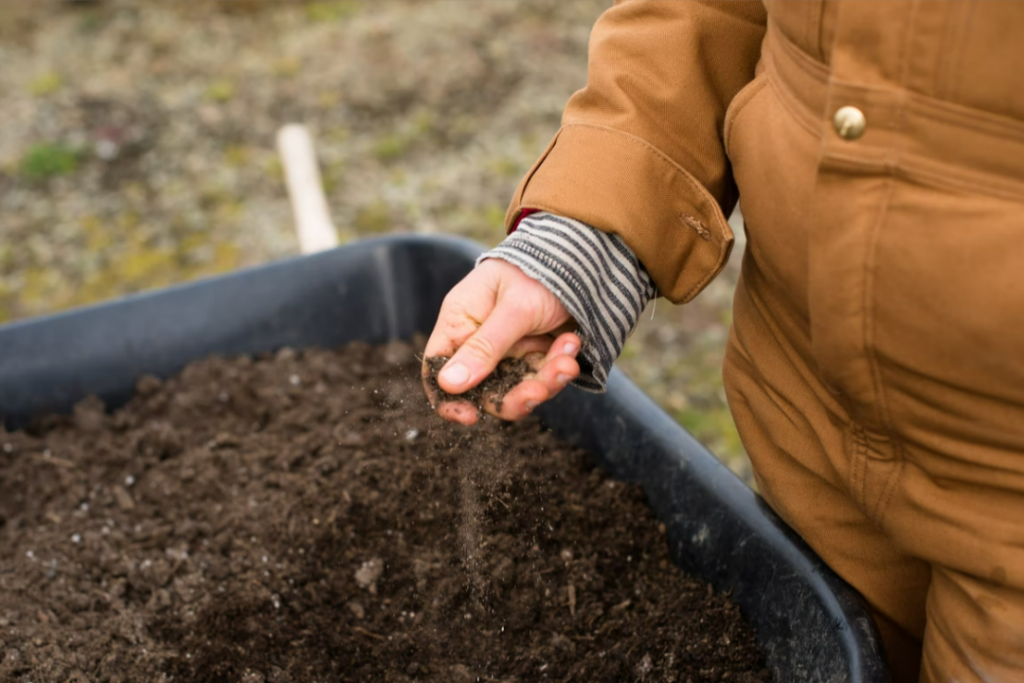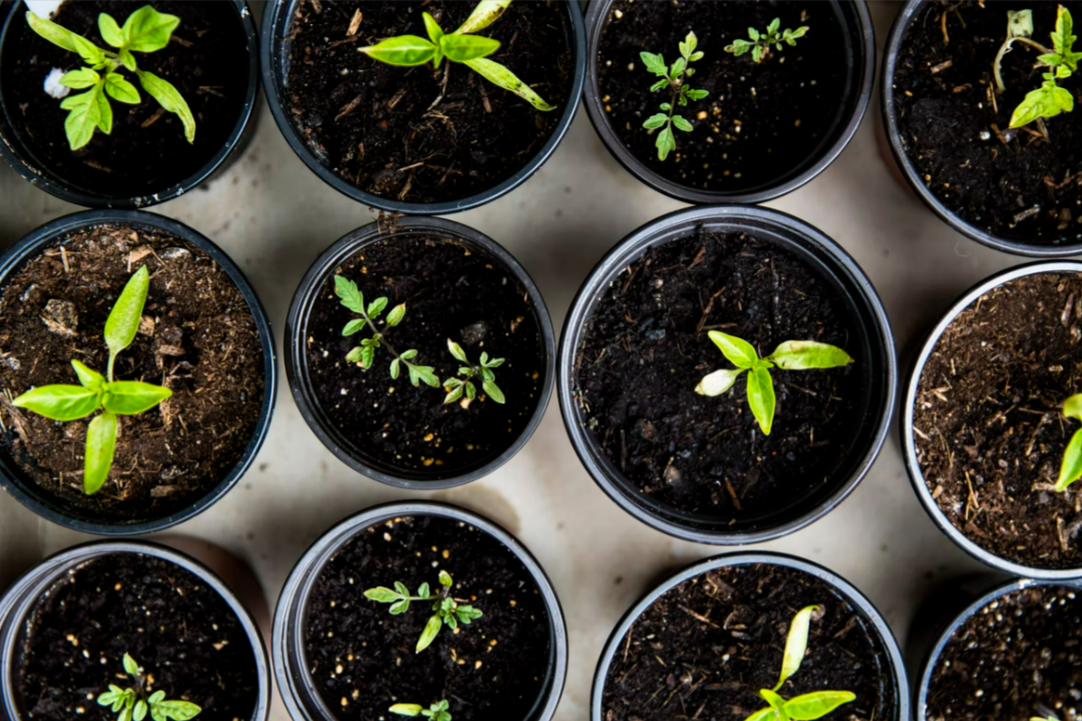Spring is around, and I can nearly feel the great moments of the delight of new sunny weather, longer days, and sensorial smell that brings the new growth of plants, greenery, colourful flowers, and the perspective of growing our own. And with it the great relaxation opportunities.
Here is a modest but practical guide to having some good results and memorable memories you can share with friends or share with us on Instagram with a good cup of tea or coffee!

Your soil: collecting your material from homemade fruit smoothies, tea bags, and the coffee grounds from your favourite coffee place would be an excellent way to increase your free compost. Why not add some nettle leaves for nitrogen and some comfrey leaves for potassium? Then you are ready to have your plants well-fed with nutrients.
Next time you are around a garden centre, charity shop, or any convenient store, get yourself a couple of tools: essential is a hand shovel, and pair of garden snips.
Use any suitable empty container you can get your hands-on. Why not start by having a test?:
You could buy a 25 to 50 pence packet of beetroot or lettuce, seeds, or any favourite vegetable seeds up to the cost of £1 and start your experiment. Make lines in your compost soil in the container, space the seeds, cover them, and apply some gentle pressure on the soil to give the seeds something firm to take root in and water generously. Every two to three days, check for humidity, and prevent the seeds from getting dry. The best way to get them to germinate is to put them under the light and cover them with a clear re-usable plastic bag.
Another great challenge is to regrow vegetables from kitchen scraps on a small scale. To regrow garlic, divide the bulb into sections, and leave them in water only to the end bit of the root. In a week, it would be shooting and you can replant in small containers – yoghurt pots are great for this. Also, the containers your meat or berries come in from a supermarket are great for growing: wash them, put some compost and sprinkle some lentils to grow your own sprouting greens.
If you’re visiting your friends or family members and they enjoy gardening, why not ask for cuttings? If you can get a hold of some berry plants, you’ll have a perfect way of getting hold of your antioxidants this summer! The anthocyanins in berries help to keep your immune system healthy and avoid the premature onset of age-related diseases.
Finally, have some fun; if you are interested in the mendelian breeding law, get some beans and start an F1 generation, to see the changes in colour on the flowers each year. You can keep your seeds for the next planting and grow them to maturity to checking for recombinations.

Here are some tomato seeds, one from an inexpensive shop, and some physalis from a good supermarket. Cutting up the small fruit of an expensive imported plant has given me many little seedlings; these will be a good source of vitamins when grown.
Why not give it a try yourself – you might enjoy it! And the expectations of seeing your plants growing are absolutely rewarding!
Till next time.
by Nellie Harvey, SGO Project Officer #learningforthefuture
 Sustainability
Sustainability Felicity Brambling-Wells
Felicity Brambling-Wells 1031
1031


